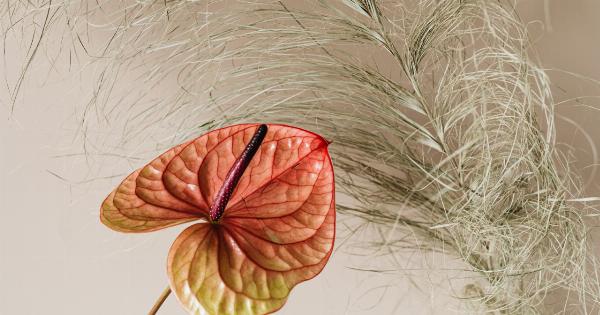Varicose veins are a common vascular condition caused by weakened or damaged vein valves that prevent blood from flowing efficiently. This leads to blood pooling in the veins, causing them to become enlarged, twisted, and painful.
While surgery used to be the only option for treating varicose veins, there are now several non-invasive or minimally invasive treatments available.
1. Compression stockings
Compression stockings are a type of elastic stockings that apply pressure to the legs, helping blood flow back up to the heart. They are often the first treatment option for people with mild to moderate varicose veins.
Compression stockings come in different strengths, sizes, and lengths, and must be worn daily for effective results.
2. Sclerotherapy
Sclerotherapy is a non-surgical procedure that involves injecting a special solution into the affected veins, causing them to collapse and be absorbed by the body.
It is a minimally invasive treatment that can be done in a doctor’s office in less than an hour. Multiple sessions may be necessary to achieve desired results, and there may be some discomfort or bruising after the procedure, but most people can return to normal activities within a day or two.
3. Endovenous laser treatment (EVLT)
Endovenous laser treatment (EVLT) is a minimally invasive procedure that uses laser energy to seal off the damaged vein, forcing the blood to reroute through healthier veins. It is done on an outpatient basis and requires only local anesthesia.
Like all treatments, solidification can take up to a couple of months, but most people can resume their regular activities within a week after the procedure.
4. Radiofrequency ablation (RFA)
Radiofrequency ablation (RFA) is a similar procedure to EVLT, but it uses radiofrequency energy instead of laser energy to close off the damaged veins. The same as a laser energy treatment expect the energy used to block off the vein.
Similar to other treatments, it will take a couple of months to see the solidification, but patients can return to normal activities within a few days.
5. Venaseal
Venaseal is a newer, FDA-approved non-surgical treatment option for varicose veins. It uses a medical adhesive to seal off the damaged vein and divert blood flow to healthier veins.
It can be done under local anesthesia and allows for a rapidly return to activities after the procedure, without the need of needing compression stockings. It is a comfort for those who have significant vein damage or have challenges wearing compression stockings.
6. Lifestyle changes
Lifestyle changes are also an important part of managing varicose veins. These include:.
- Exercising regularly to promote healthy blood flow.
- Maintaining a healthy weight to reduce excess pressure on the veins.
- Elevating the legs whenever possible to enhance blood flow back up to the heart.
- Avoiding prolonged periods of sitting or standing.
- Wearing loose-fitting clothing that doesn’t constrict blood flow.
7. Herbal remedies
Several herbal remedies have been shown to be effective in reducing the appearance and discomfort of varicose veins. These include:.
- Horse chestnut
- Butcher’s broom
- Grape seed extract
- Bilberry extract
It is important to talk to your doctor before beginning any herbal remedies or supplements to ensure they will not interfere with other medications or conditions.
Conclusion
Non-surgical treatments have become increasingly popular for varicose veins. Compression stockings and Sclerotherapy are the most commonly used options due to their low risk and simplicity.
However, Endovenous laser treatment, Radiofrequency ablation, and Venaseal are great options for patients looking for a minimally invasive, effective, and efficient option. Lifestyle changes and herbal remedies help in managing to reduce further vein damage and improve blood flow. Consult your doctor before anything.




























